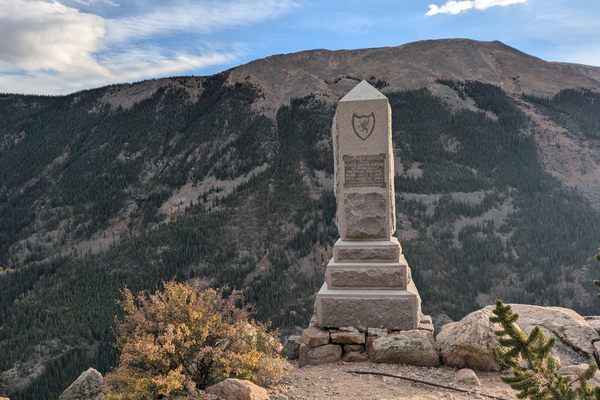About
Although today the banjo is a mainstay of American country music, the prototype originated in West Africa and was brought to the New World as a result of the slave trade in the 1600s. Variants were widely known in the Caribbean and rural America, but Appomattox, Virginia, native Joel Walker Sweeney is credited with popularizing the modern version.
As the story goes, Sweeney was born in a log cabin in 1810 and learned to play a gourd banjo at age 13 from the slaves who worked on his father’s farm. A natural Virginia ham, he developed as an entertainer on the five-string banjo and performed around the state, at one point becoming a star in a regional circus. Success took him to New York and then overseas to Europe, where he is said to have performed for Queen Victoria.
In the 1840s, with his brothers and African-American performers, he formed one of the early minstrel shows, which became an international success. As the frailer member of the group, Joel died in 1860 from dropsy, but his younger brother Sam flourished as one of the United States’ most famous banjo players. Eventually discovered by Confederate General J.E.B. Stuart, Sam was attached to Stuart’s staff and rode behind the cavalryman (a la Monty Python’s Brave Sir Robin) playing his favorite tunes including “Jine the Cavalry.”
In the years since the Civil War, Joel Sweeney’s legend has grown, with him having been credited as the inventor of the banjo, the originator of the five-string banjo, the first white man to play the banjo, and the originator of the “clawhammer” style of playing the instrument. But these claims aren't exactly true. The more disturbing truth is that such stories were created to distance the banjo from its African roots to make it acceptable to white middle-class Americans.
Despite the unsavory elements of Sweeney’s legend, he was indisputably influential in the deliverance of the banjo from anonymity, and today, Appomattox hosts the annual Joel Sweeney Banjo & Old-Time Music Festival celebrating the “strum und drang” of America’s cultural heritage.
Related Tags
Know Before You Go
The GPS coordinates lead to the historic marker. There's a small parking area right next to it. The historic marker is along route 24 east of Appomattox Court House National Park, and the grave itself is in the northeast corner of the National Park grounds near the site of Lee’s headquarters. Nearby are the Sweeney cabin and prizery (a storage barn for tobacco) which belonged to Joel’s cousin.
Community Contributors
Added By
Published
October 9, 2018

























